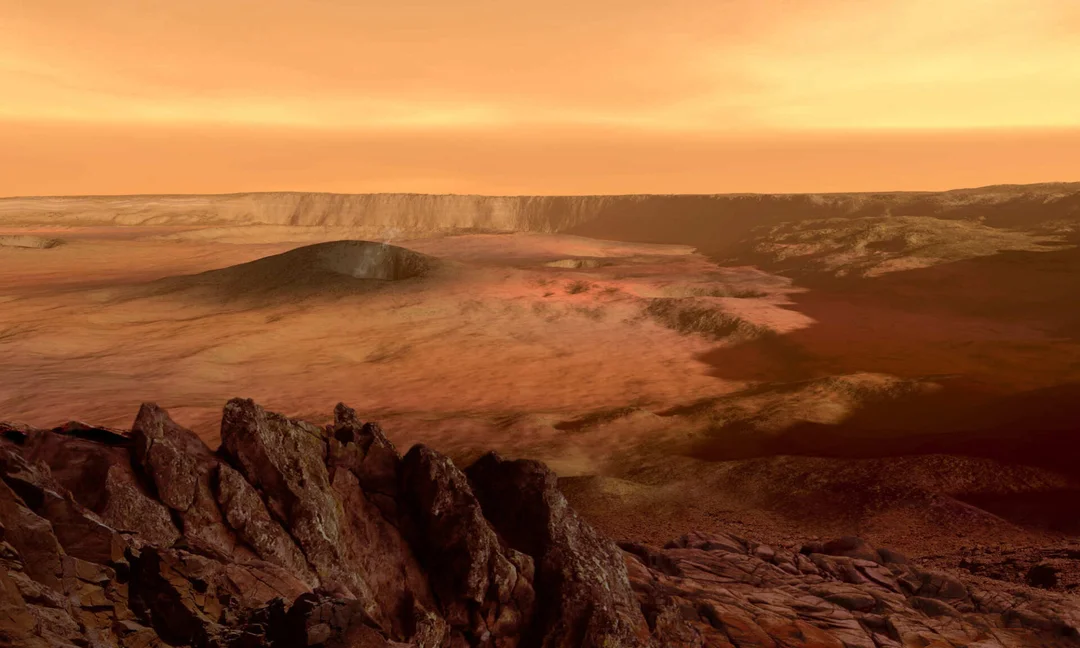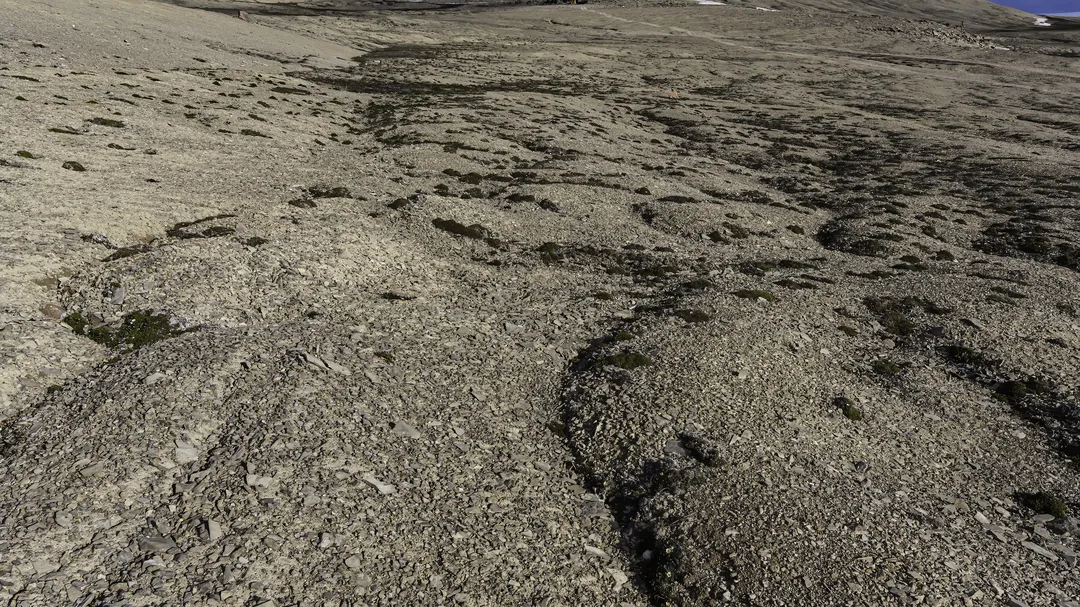
Earth-Like Patterns Discovered on Mars: Dripping Paint Reveals Clues to Past Life?
Could Mars have once mirrored Earth's icy landscapes? New research reveals striking similarities between soil patterns on the Red Planet and those found in Earth's coldest regions. High-resolution satellite images analyzed by scientists at the University of Rochester show wave-shaped landforms on Mars that resemble solifluction lobes, a type of soil feature common in Earth's Arctic and Rocky Mountains. This discovery, published in the journal Icarus, offers exciting new insights into Mars’ climate history and the potential for past life.

The study focuses on patterns that look like "paint dripping down a wall", according to co-author Rachel Glade, an assistant professor at the University of Rochester. Researchers compared images of Martian craters captured by NASA's Mars Reconnaissance Orbiter to similar formations on Earth. "These patterns are large, slow-moving, granular examples of common patterns found in everyday fluids, like paint dripping down a wall," Glade explained, highlighting the unexpected parallels between planetary geology and fluid dynamics.
One of the most intriguing findings is the size difference. The Martian lobes are, on average, 2.6 times taller than their Earthly counterparts. The researchers attribute this to Mars' weaker gravity, which allows the sediment waves to grow taller before collapsing. This difference, while seemingly subtle, provides key information about the physical processes shaping the Martian surface.
The presence of these patterns suggests that Mars may have experienced freeze-thaw cycles similar to those on Earth, although the underlying mechanisms might differ. While Earth's solifluction lobes are driven by liquid water thawing, Mars' cycles likely involved sublimation, where ice transitions directly into vapor. This understanding opens new avenues for exploring Mars’ climate evolution and identifying potential sites for future exploration.

"Understanding how these patterns form offers valuable insight into Mars' climate history, especially the potential for past freezing and thawing cycles," says JohnPaul Sleiman, the study's lead author and a doctoral student at the University of Rochester. "Ultimately, this research could help us identify signs of past or present environments on other planets that may support or limit potential life."
The discovery of these Earth-like patterns on Mars has significant implications for our understanding of the planet's past and its potential to have supported life. It reinforces the idea that similar geological processes can shape diverse planetary environments. While the presence of liquid water remains uncertain, the findings suggest that Mars might have once harbored icy conditions conducive to microbial life.
What do you think these findings mean for the future of Mars exploration? Could these patterns guide us to uncover evidence of past or present life? Leave your thoughts and comments below!